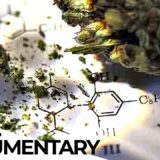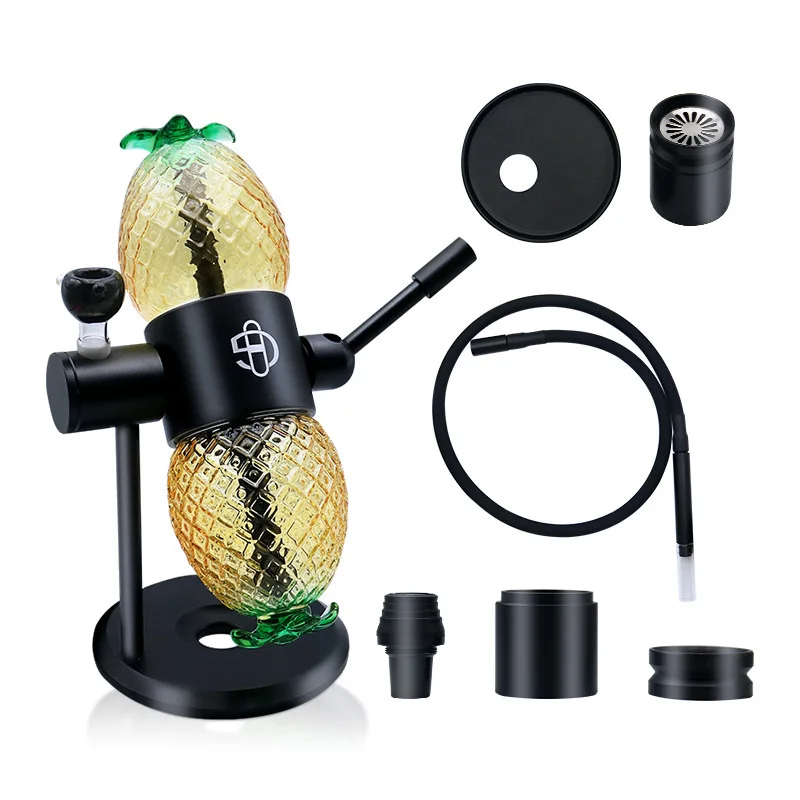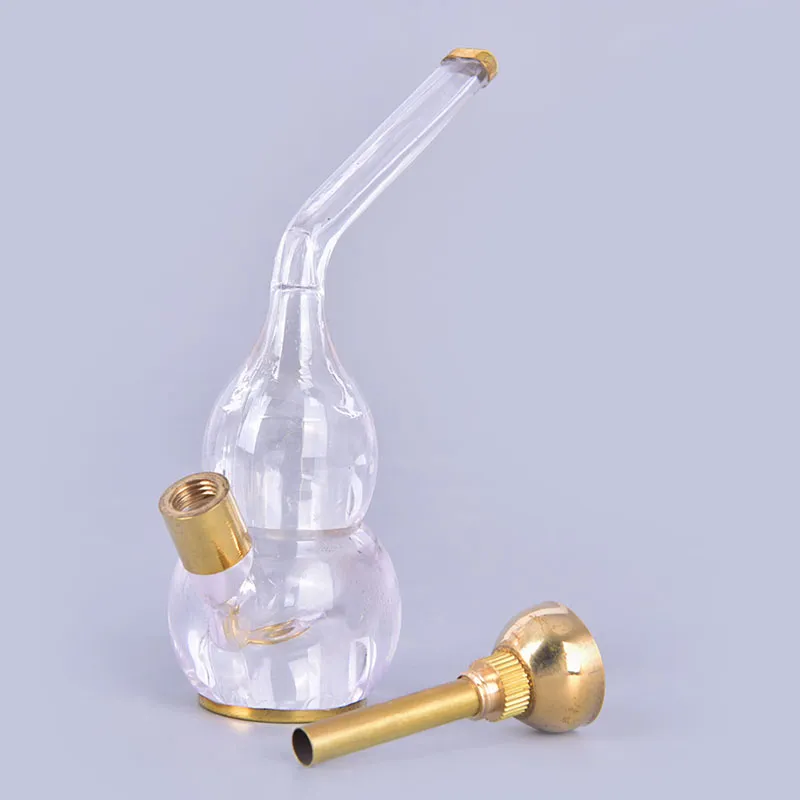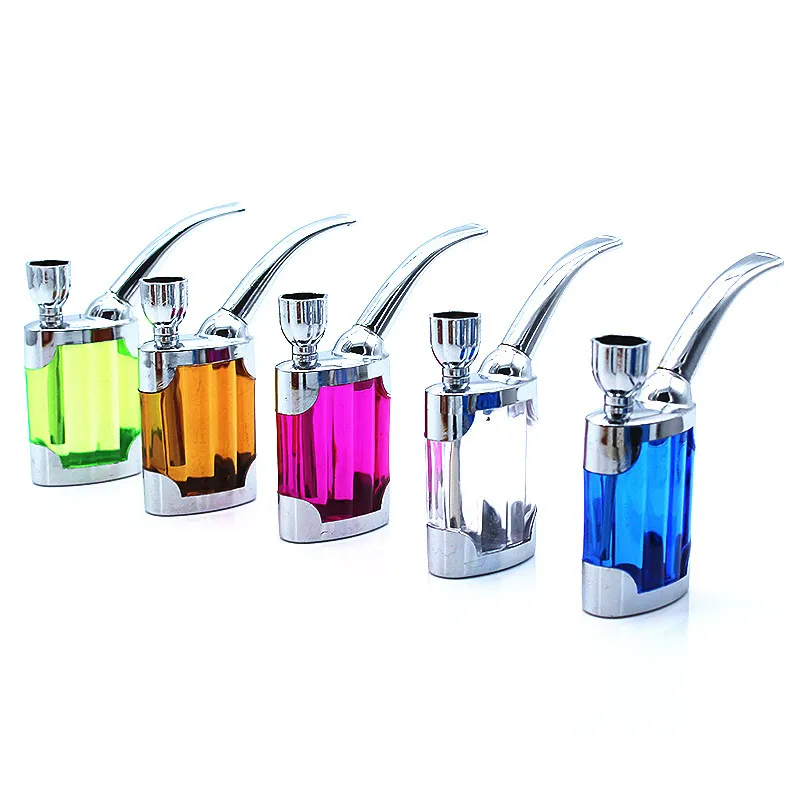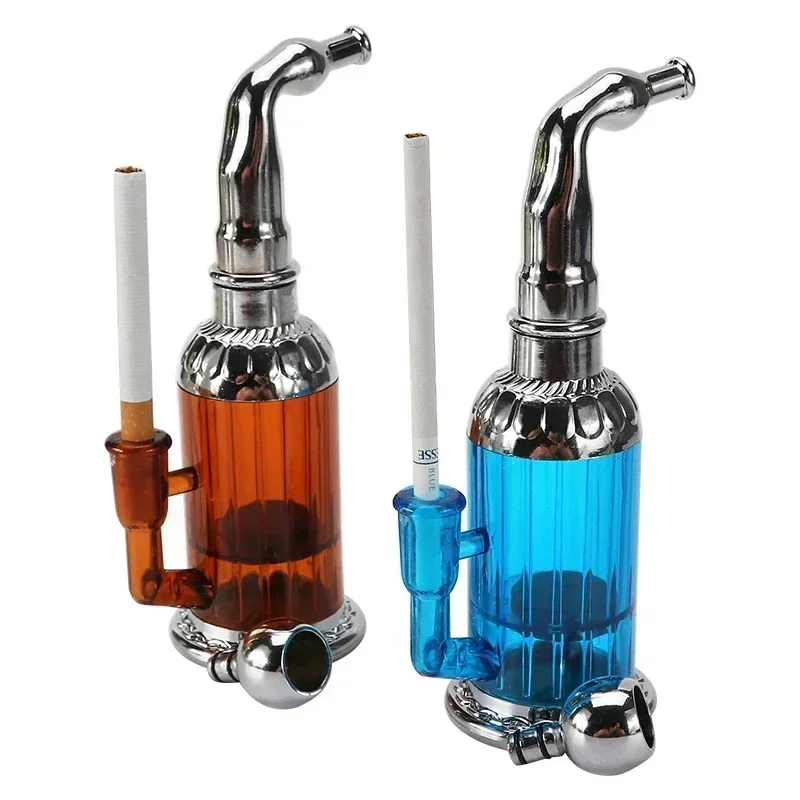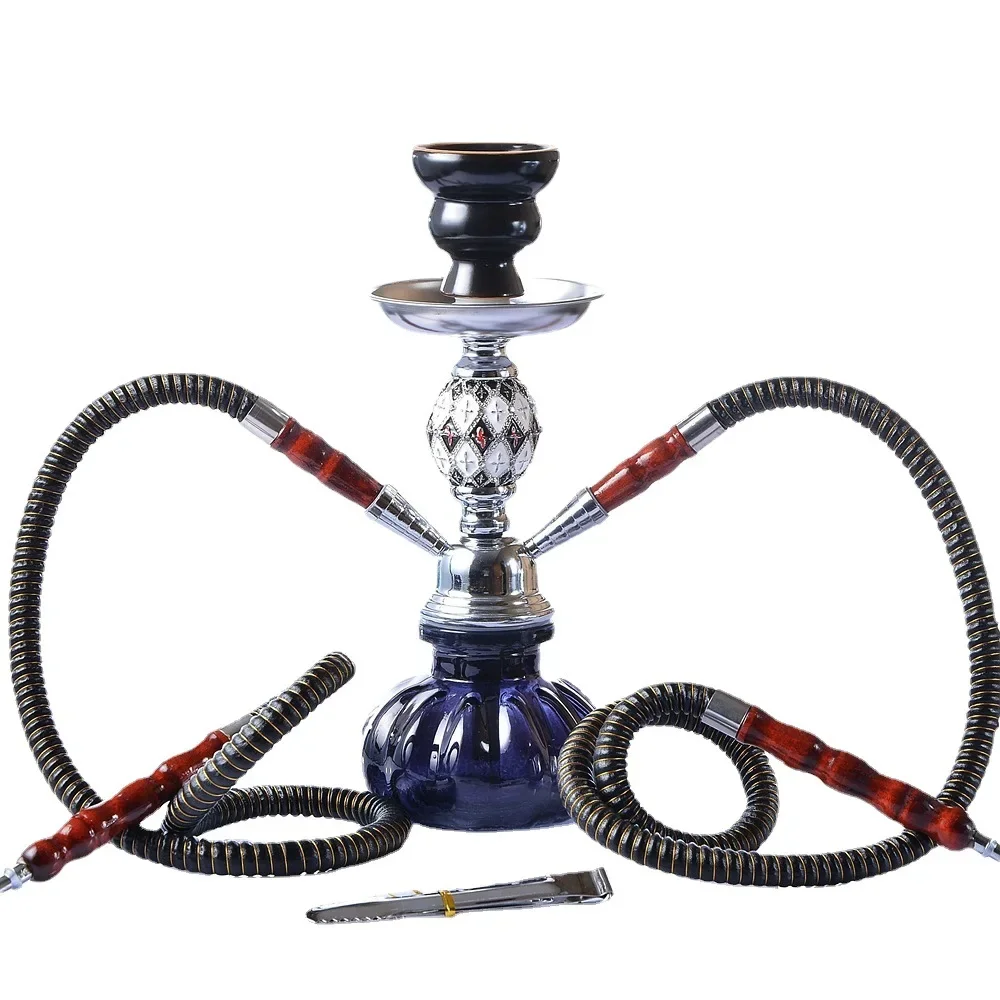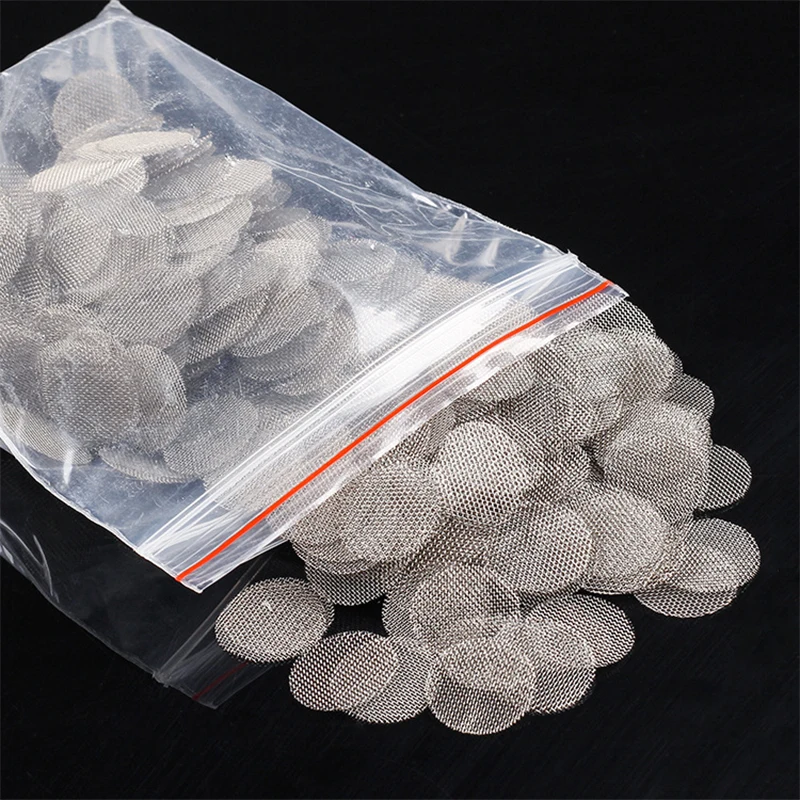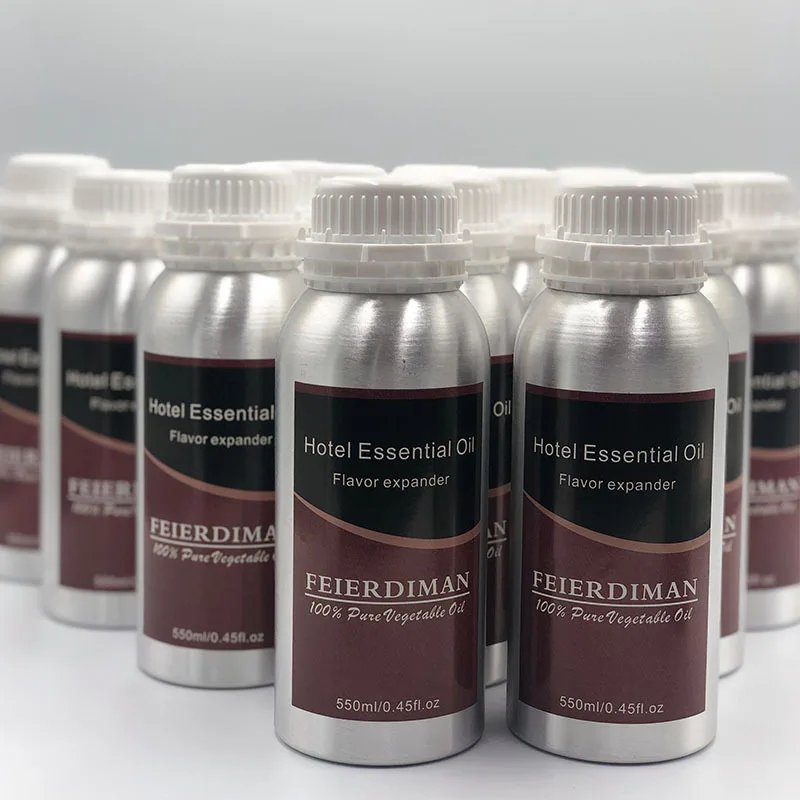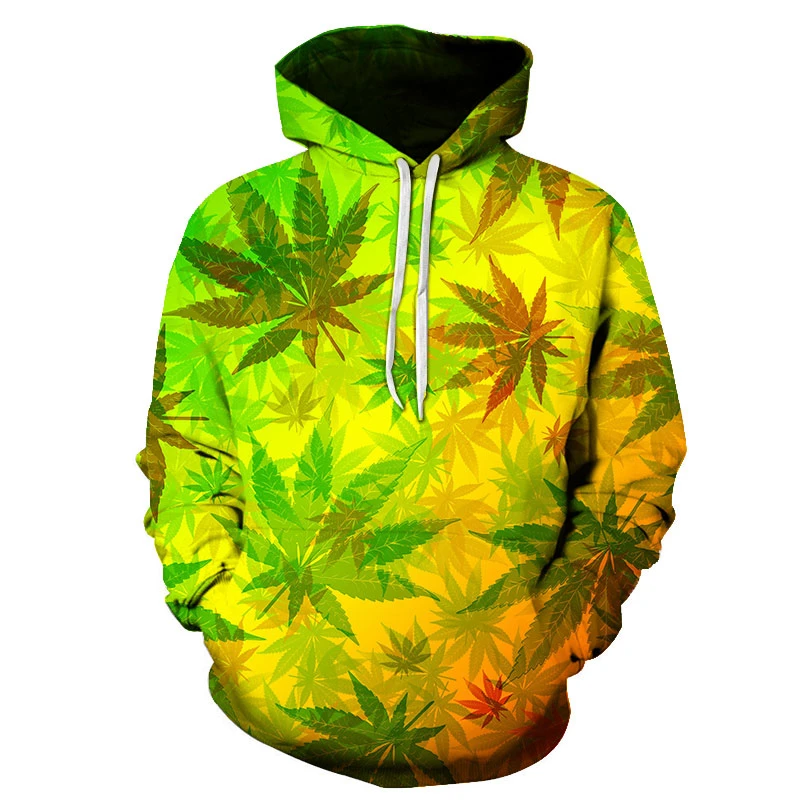Hemp is not what it used to be. Once dismissed as rope and rags, the hemp plant is now being redefined not just by its industrial potential but by its cannabinoid chemistry. To truly understand hemp and how it fits into modern cannabis science, we need to talk about chemotypes.
A chemotype refers to the plant’s chemical profile, particularly the dominant cannabinoids it expresses. In cannabis, chemotypes are categorized into five primary groups. These classifications help breeders, scientists, and regulators differentiate between types of cannabis, including hemp, based on the ratio of cannabinoids like THC, CBD, and emerging compounds such as CBG.
Understanding THC vs THCA: Legal Definitions Meet Biochemistry
Before exploring the chemotypes, it is essential to understand the legal and biochemical distinction between THC and THCA.
- THC (delta 9 tetrahydrocannabinol) is the active, intoxicating compound regulated under U.S. law.
- THCA (tetrahydrocannabinolic acid) is its acidic precursor. It is non-psychoactive in its native form and must be decarboxylated, typically through heat, to convert into active THC.
Under the 2018 Farm Bill, the legal definition of hemp is based on delta 9 THC content alone, specifically less than 0.3 percent THC by dry weight. The law does not currently restrict THCA, even though it converts to THC when smoked, vaporized, or heated.
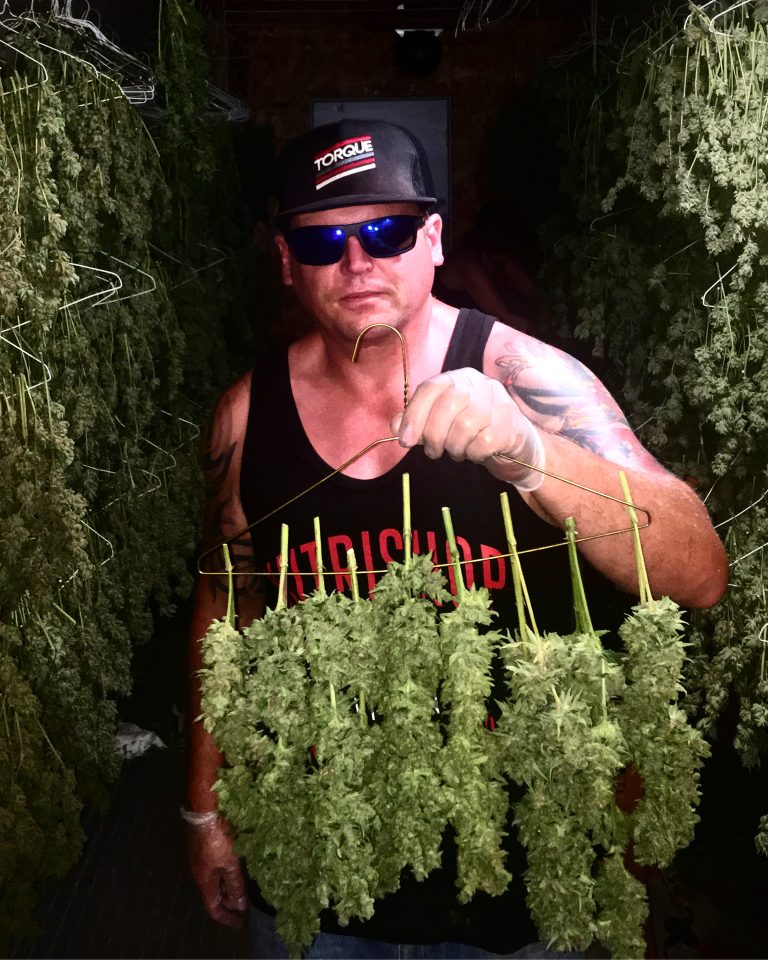
This distinction reflects a scientific fact about the molecule. As a result, cultivars that express high levels of THCA but remain under 0.3 percent delta 9 THC are considered federally compliant hemp under the 2018 Farm Bill, though enforcement and definitions vary by state.
The Biochemistry of Chemotypes: A Pathway from CBGa
At the biochemical level, all cannabinoid diversity begins with cannabigerolic acid (CBGa), often called the “mother cannabinoid.” CBGa is the central precursor molecule that can be transformed by different enzymes into three major acidic cannabinoids:
- THCa synthase converts CBGa into THCa
- CBDa synthase converts CBGa into CBDa
- CBCa synthase converts CBGa into CBCa
The dominance of one enzyme over the others determines whether a plant expresses itself as Chemotype I (THC dominant), Chemotype III (CBD dominant), or something in between. Plants that carry inactive versions of these synthases can preserve CBGa, creating Chemotype IV (CBG dominant). Chemotype V plants, by contrast, have mutations or deletions that result in no cannabinoid synthase activity at all.
This means that chemotype expression is not random; it follows Mendelian inheritance patterns, with key loci controlling whether a plant will produce THCa, CBDa, both, or neither. Modern breeding leverages this knowledge to deliberately fix chemotype outcomes, whether the goal is a compliant Type III CBD hemp or an emerging Type IV CBG variety.
Timing and Cultivar Selection Play a Key Role
Many commercially grown cultivars fall within legal THC thresholds during much of their flowering cycle. For example:
- Cultivars such as Original Z, when harvested early (typically between day 50 and 56 of flowering), often test under 0.3 percent THC despite accumulating moderate to high levels of THCA.
These early harvests meet federal hemp compliance. When consumed through combustion or vaporization, the THCA converts into active THC, producing intoxicating effects, yet the product remains legally hemp at the point of sale.
As testing protocols and enforcement evolve, it is important for both producers and consumers to understand what the lab reports are measuring and why acidic and neutral cannabinoids are treated differently under current regulatory definitions.
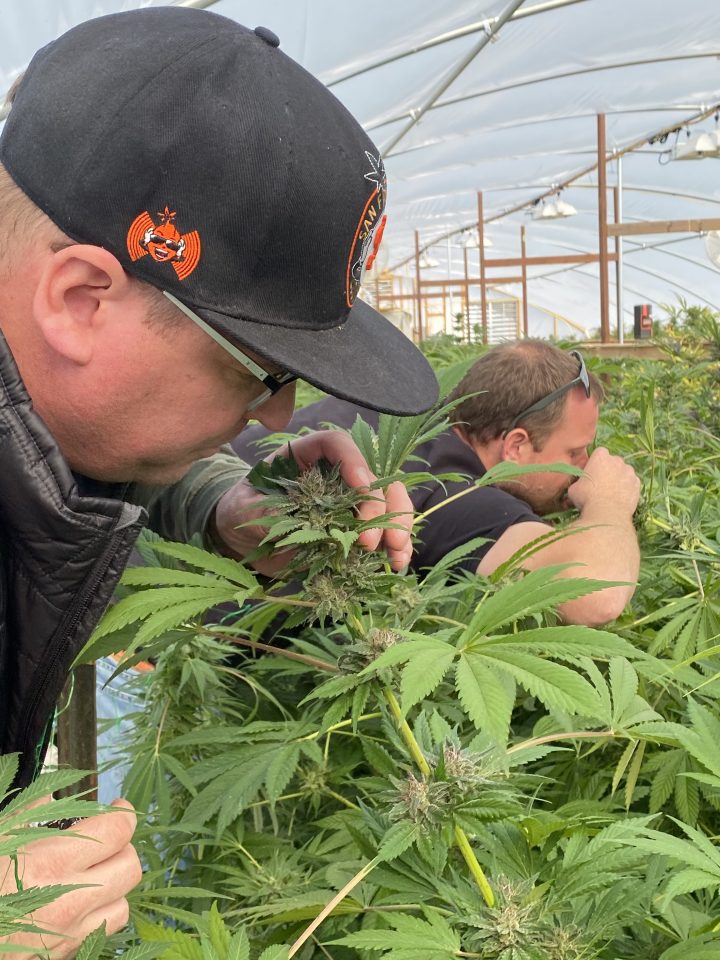
Note: Through degradation from oxidation over time, THCA can slowly convert to delta 9 THC. This creates challenges for enforcement, since a flower that initially tests compliant under the 0.3 percent limit may later contain higher levels of THC after storage. What is harvested and tested as legal hemp can, with time, drift above the legal threshold during storage, creating regulatory challenges even without deliberate manipulation by growers or consumers
The Five Chemotypes of Cannabis
Chemotype I: THC Dominant (Type I)
- Common Use: Adult use or recreational varieties
- Ratio: High THC, low CBD, often 20:1 or higher
This is the classic drug type “cannabis.” Cultivars like OG Kush, Gelato, Original Z, Lemon Tree, Haze, Skunk #1, Sour Diesel, and Blue Dream are examples of plants bred for high THC content with very little CBD. These cultivars remain the backbone of much of modern recreational cannabis culture and set the foundation for today’s hybridization practices.
Chemotype II: Balanced THC to CBD (Type II)
- Common Use: Medical applications
- Ratio: Roughly 1:1
Balanced chemotypes are therapeutically versatile and favored by patients seeking the entourage effect. Cultivars like Pennywise, Cannatonic, and Stephen Hawking Kush exemplify this category. These plants typically contain both THC and CBD in relatively equal amounts, offering psychoactivity tempered by non-intoxicating effects.
On a personal note, I generally prefer Type I cannabis most of the time, but lately I have been experimenting with smoking Type II flower. I find that I do not experience as much of a crash, and if I take a nap I do not wake up feeling grumpy. Interestingly, I have noticed a similar effect in some longer flowering varieties that carry a broader assortment of cannabinoids and a mix of trichome ages. More recently, I have also been smoking dabs of Type II, which tend to be mellow, and I can usually consume larger amounts without discomfort.
Sidebar: Individual experiences with cannabis can vary widely depending on tolerance, cultivar, cannabinoid ratios, and method of consumption. What feels mellow or restorative to one person may have very different effects on another.
Scientific Insight: The smoother effects of Type II cannabis may stem from CBD’s ability to modulate THC activity at the CB1 receptor. CBD acts as a negative allosteric modulator, softening THC’s overstimulation of the receptor. This interaction can reduce anxiety, limit short-term memory disruption, and create a gentler comedown, which may explain why Type II varieties feel less fatiguing or irritable afterward.
Chemotype III: CBD Dominant (Type III)
- Common Use: Hemp, wellness products, low THC flower
- Ratio: High CBD, low THC (under 0.3 percent THC by dry weight)
This is hemp as defined by U.S. federal law. These cultivars are bred to express high levels of cannabidiol with minimal THC. Type III cultivars are the workhorses of the hemp wellness boom. Foundational examples like Charlotte’s Web, ACDC, and Cherry Wine helped establish this category and fueled the explosion of CBD-rich products in the marketplace.
From personal experience, consuming pure CBD makes me feel extremely relaxed, almost in the same way that taking ibuprofen or other non-steroidal anti-inflammatory drugs can ease discomfort. When vaporized or dabbed, Type III extracts can be very calming and restorative, though the effect is highly dependent on cultivar and the overall cannabinoid and terpene profile.
Sidebar: CBD-dominant products are generally non-intoxicating, but their effects can be profound. Some individuals report muscle relaxation, reduced inflammation, and improved calm, while others may feel very little. As with all cannabinoids, the outcome is cultivar-specific and influenced by the method of delivery.
Scientific Insight: CBD’s anti-inflammatory and analgesic qualities are linked to several pathways. Unlike NSAIDs, which directly block COX enzymes, CBD indirectly modulates inflammation by increasing adenosine signaling, dampening cytokine production, and interacting with TRPV1 and PPAR gamma receptors. These mechanisms can reduce the sensation of pain and inflammation, which may explain why CBD feels comparable to mild NSAID use in practice.
Chemotype IV: CBG Dominant (Type IV)
CBG (cannabigerol) is the “mother cannabinoid,” the precursor to THC, CBD, and CBC. Type IV chemotypes result from selective breeding to prevent the conversion of CBG into downstream cannabinoids, leaving it as the dominant compound.
One standout cultivar is The White CBG by Oregon CBD, a stable, high CBG variety with ultra-low THC content. These plants often test below 0.1 percent THC and are increasingly favored for minor cannabinoid extraction.
Chemotype V: Null Cannabinoid (Type V)
- Common Use: Industrial hemp for fiber, grain, and biomass
- Ratio: Undetectable cannabinoids
These are hemp plants grown purely for stalk, seed, or hurd. They produce virtually no cannabinoids and are used in textiles, building materials, and food production.
With zero cannabinoid expression, these plants are ideal for jurisdictions that impose strict zero-tolerance THC laws. Though devoid of resin, they are essential to the hemp ecosystem and remain the backbone of traditional industrial hemp cultivation.
Beyond the Big Three: Minor Cannabinoids and the Varins
While THC, CBD, and CBG dominate the chemotype framework, a number of minor cannabinoids are reshaping the scientific and commercial conversation around hemp. These include the varin family molecules with shortened three-carbon side chains alongside rarer analogues.
- THCV (tetrahydrocannabivarin): Found most abundantly in African landrace cultivars such as Durban Poison. At low doses, THCV acts as a CB1 receptor antagonist, potentially reducing appetite. At higher doses, it partially mimics THC, showing promise in glycemic control and neuroprotection.
- CBDV (cannabidivarin): The varin counterpart to CBD, frequently found in Asian or Himalayan hemp varieties. Preclinical research suggests potential roles in epilepsy and other neurological conditions.
- CBGV (cannabigerovarin): A rarer analogue occasionally found in Type IV plants. Its pharmacology is not yet well understood, but is expected to parallel that of CBG with unique metabolic nuances.
Beyond the varins, other minor cannabinoids play important roles in the broader chemical story of cannabis.
- CBC (cannabichromene): A non-intoxicating cannabinoid that is often present in small amounts in Type I and Type III plants. CBC has been investigated for its anti-inflammatory and analgesic properties, and it interacts with TRPV1 and TRPA1 receptors. Emerging research suggests that CBC may also contribute to neurogenesis and mood regulation, making it a quiet but meaningful component of the entourage effect.
- CBN (cannabinol): Unlike most cannabinoids, CBN is not directly produced by enzymatic conversion of CBGa. Instead, it is formed through the oxidative degradation of THC over time. This makes CBN an indicator of aged cannabis. While often present in only trace amounts in fresh flower, CBN is thought to contribute to sedative effects and is being studied for potential applications in sleep regulation and appetite stimulation. For hemp cultivators, CBN illustrates how post-harvest chemistry can shift the cannabinoid profile independently of genetics.
- CBCV, CBL, CBT, and others: The cannabis plant produces dozens of rare cannabinoids that appear only in very small concentrations. CBCV (cannabichromevarin) mirrors CBC in structure but with a shortened side chain. CBL (cannabicyclol) is a degradation product of CBC formed by exposure to light. CBT (cannabitriol) has been detected in trace levels in some samples, but its pharmacology remains poorly understood. Though individually minor, these compounds collectively enrich the complexity of the plant’s resin.
The presence of these minor cannabinoids highlights the fact that cannabis is not a single-molecule plant. Instead, it is a chemically diverse system where dozens of compounds interact synergistically. Many of these cannabinoids are pharmacologically active in subtle but potentially important ways, and breeding strategies are beginning to explore how to enhance or stabilize their expression.
While most consumers remain focused on THC or CBD levels, researchers and breeders increasingly recognize that the future of hemp lies in the minors. Cultivars optimized for CBC, CBN, or varins could lead to the next wave of hemp-derived therapeutics and functional wellness products. For growers and product developers, this represents both a challenge and an opportunity: to capture and stabilize compounds that occur naturally in only minute amounts, but may hold disproportionate therapeutic or commercial value.
Market and Consumer Context: Hemp in the Real World
The science of chemotypes is only half the story. The other half is how these categories shape markets, compliance, and consumer perception.
- Labeling and Compliance: Under U.S. law, a flower with 25 percent THCa and 0.2 percent delta 9 THC is legally hemp, even though it delivers a potent psychoactive experience. This duality fuels both opportunity and controversy in the hemp marketplace.
- Consumer Confusion: Many consumers cannot easily distinguish between hemp flower and traditional cannabis. A jar labeled “hemp” in Tennessee may feel indistinguishable from “weed” in California, highlighting the gap between chemistry and legal language.
- Economic Waves: Type III cultivars launched the CBD wellness boom, Type IV varieties are fueling a new wave of CBG-based extracts, and Type V continues to sustain global markets in textiles, animal bedding, and food products.
- Breeding and Marketing: Breeders now highlight chemotype classification as a way to stand out. Labels reading “Type IV CBG dominant” or “CBDV rich” help differentiate products in crowded dispensary shelves and online stores.
- Global Policy Contrast: The U.S. allows up to 0.3 percent THC, while the EU permits only 0.2 percent. This small numerical difference can mean the success or failure of entire cultivars across borders, influencing breeding strategies for international markets.
Note: the gradual conversion of THCA to THC over time can create complications in commerce. A shipment that tested as compliant hemp in one state may, after storage and transport, test above the legal limit in another. This instability not only creates legal risk for farmers and retailers but also highlights the need for clearer, science-based regulatory standards across jurisdictions.
Closing Thought: Hemp by Chemistry, Not Hype
Hemp is no longer defined by how tall it grows or how thick its stalks are. It is now defined by its chemistry. The chemotype classification system provides a foundational framework for organizing cannabis diversity and understanding its future.
Whether you are extracting high CBD oil from Cherry Wine or formulating varin-rich tinctures from exotic hybrids, the path to progress starts with knowing what is in your plant.
Today’s hemp can produce a powerful experience. This is not marketing, it is chemistry. As laws evolve, breeders will continue working at the intersection of science, compliance, and consumer demand to redefine what hemp can be.
You can find James Loud Genetics x Flow Gardens hemp flower collaborations across Types I, II, and III available legally in the U.S. at www.flowgardens.com.
This article is from an external, unpaid contributor. It does not represent High Times’ reporting and has not been edited for content or accuracy.




